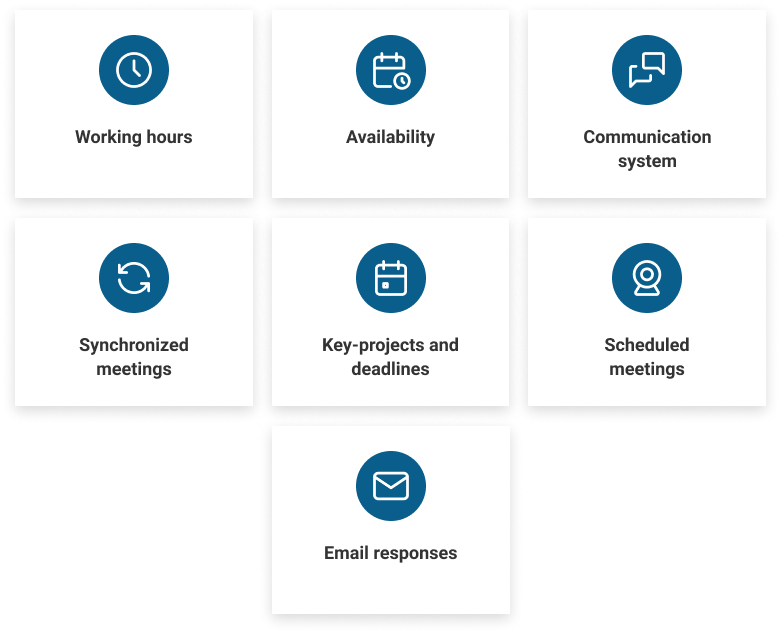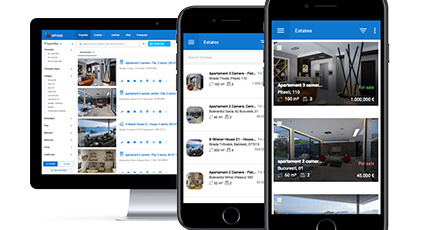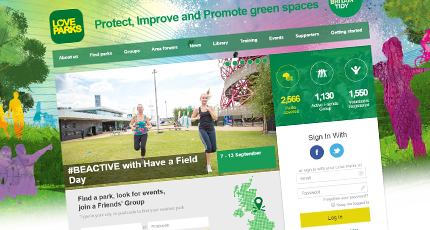Pandemic changed so many things in companies. Several teams were forced to migrate their activities online and this was the main challenge both project managers, and team members had to adapt to.
Hi! I’m Malina. I’m managing the mobile app development team of Roweb, and the above context does NOT describe our story,.
Long before 2020, Roweb’s mobile dev team integrated distributed and remote developers from 3 cities. At the same time, our clients were/are also located in various countries/cities.
So, what I’m trying to emphasize from the beginning is that we already had rich experience in working remotely. Thus, the appearance of the pandemic was (for us) disruption-free from the professional perspective, and our focus continued to be on improving communication and processes with no negative impact on the projects.
In other words, we have always believed that flexibility is a very healthy premise for companies in general and our culture in particular. And the pandemic has fully confirmed that we are right.
Therefore, the topics I will address in this article are based on extensive experience – not just on a punctual one, born in a constrictive context.
#1 Building and scaling teams vs hiring additional people?
Which one is more challenging? I am often asked this question. The fact that I’m tempted to give the same answer every time, it’s a clear sign that the challenge must be defined through a certain angle: skills.
The labor market has become very dynamic. So, finding the right employees (reliable technical skills + soft skills) is a great challenge for every IT company.
On the other hand, the pandemic context generated a new mindset around the remote work concept. And this is definitely a Win-Win for both employees and employers.
For us, working with remote and distributed teams provided the opportunity of scaling better professionals to project needs.
We also have great experience helping new employees quickly acclimatize to the new teams (even when working remotely).
So, getting back to the initial question: we don’t consider a challenge to build, scale teams or add new people.
#2 Scaling remote teams: what things must be considered to avoid process and performance disruptions?
Scaling a team means synchronizing human resources with the project’s needs – so, oftenly, means hiring/adding new developers. And this must be done at the right time, in order to avoid bottlenecks.
If a project team is not scaled at the right time, you risk plenty of things:
- developers are overallocated, so the project’s quality can be influenced;
- developers can feel overwhelmed (and decide to leave the project and the company);
- the client may choose to change the provider.
#3 Remote / Distributed Teams: collaboration tools & strategies
It’s essential to use a mix of tools for communicating and working as much as possible together – even if we are in different cities.
There are some important milestones for keeping processes and projects on track. And these milestones refer to:

Two important pieces of advice I’ll give to any PM with less experience in remote and distributed teams:
#1 Provide your team member with help any time they needed
From a distance, it’s very hard to anticipate or even understand the real needs of each employee. Mismatched messages always drive to bottlenecks. And these will affect both your team’s motivation level and the project’s quality.
Performance is directly related to the team members’ state of mind.
So, make sure your team is aware that you are there for it and have full availability to intervene and provide support.
#2 Choose your communication and project management software wisely.
On it depends:
- the communication performance;
- how efficient you will track the working time;
- the real-time data and documents sharings:
- the task management process.
The tools we use at Roweb are chosen to be used by the entire company or are tools used by our client.
For task management:
- Trello – collaborative tool based on splitting big goals in small milestones;
- Jira – is a collaboration tool for bug tracking, issue tracking, and project management;
- Asana – offers online collaboration software for smart project management;
- Basecamp – put everything you need for developing a project in one place;
- Targetprocess – offers Agile project management software.
For documents management:
- Google Docs
- Atlassian Confluence
For code management:
Atlassian Bitbucket
For design:
- InVision
- Figma
- Miro
- Adobe XD
For communication (video/audio calls, dynamic communication):
- Skype
- Discord
- Microsoft Teams
- Zoom
- Google Meet
For testing:
Browserstack mobile offers access to over 2000 real devices and browsers online on the web, allowing collaborative testing.
For mobile share:
- Visor
- ApowerMirror
- Diawi
#4 For which types of projects are remote teams suitable (and for which not)?
I have over 20 years of experience in developing IT projects with remote and distributed teams. And no project resembled the other. The key for doing it right? Communication + right tools for:
- documents;
- emails;
- meetings;
- task management;
- projects meetings;
- using the right methodology (Agile Scrum/ Kanban/ eXtreme programming).
#5 Remote vs in-office teams vs hybrid? Which is the best option for managing a team of developers?
Remote work is equal to social distancing. I mean, the last thing I want for my team. In short to medium time, you can compensate for direct interactions with virtual communication. But, in the long run, working from home is not the ideal solution for everyone. We’re humans, after all.
After this pandemic experience, I think that many developers will choose to work also remotely – it’s a great benefit for them, that’s for sure.
So, in my opinion, the hybrid system is the right choice for IT companies, being able to provide a balance between socialization and independence.
#6 Project developed with a remote/distributed team
The first example of a project that comes to mind is the SmartCity application.
This app was developed with distributed teams from 3 cities. And the results fully demonstrate the efficiency of teamwork even from a distance.
In short, about SmartCity: a multi-platform digital system for managing incidents and communication in cities/communities.
SmartCity integrates 3 main platforms to assess both citizens’ and municipalities’ needs.
- MOBILE APP – iOS & Android app designed for citizens so they can access information on events/ announcements and place complaints directly from their phones.
- ONLINE PORTAL – Extending the municipality services through an intuitive and communication-only website – optimized for mobile and search engine algorithms (e.g., Google).
- BACKOFFICE WEB – Intuitive system designed with the municipality staff in mind for real-time receiving and managing the citizens’ complaints and requests.

Article written by
Malina MARCU
Project Manager | Mobile App Development
20+ years of experience in IT, as Full Stack Developer, ProjectLead, PM




